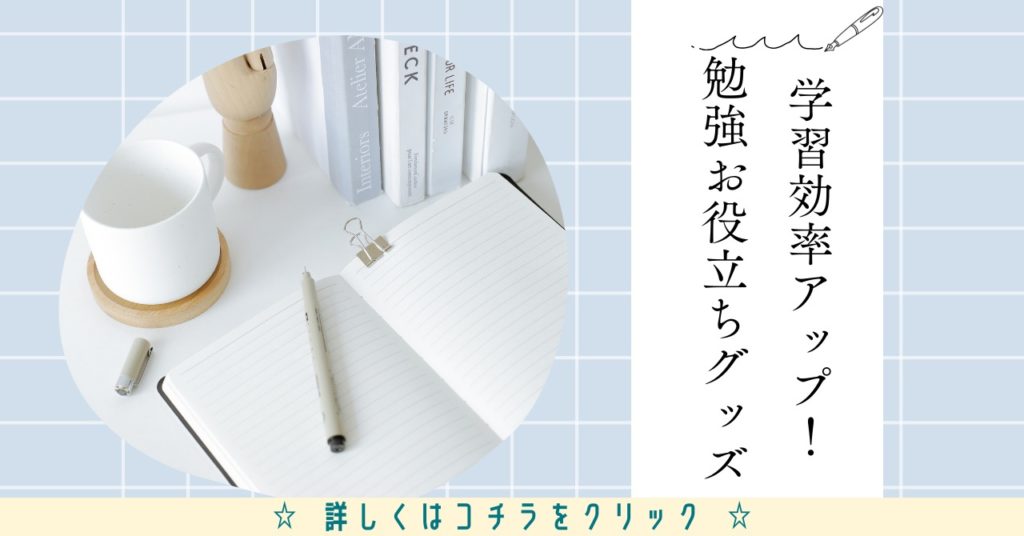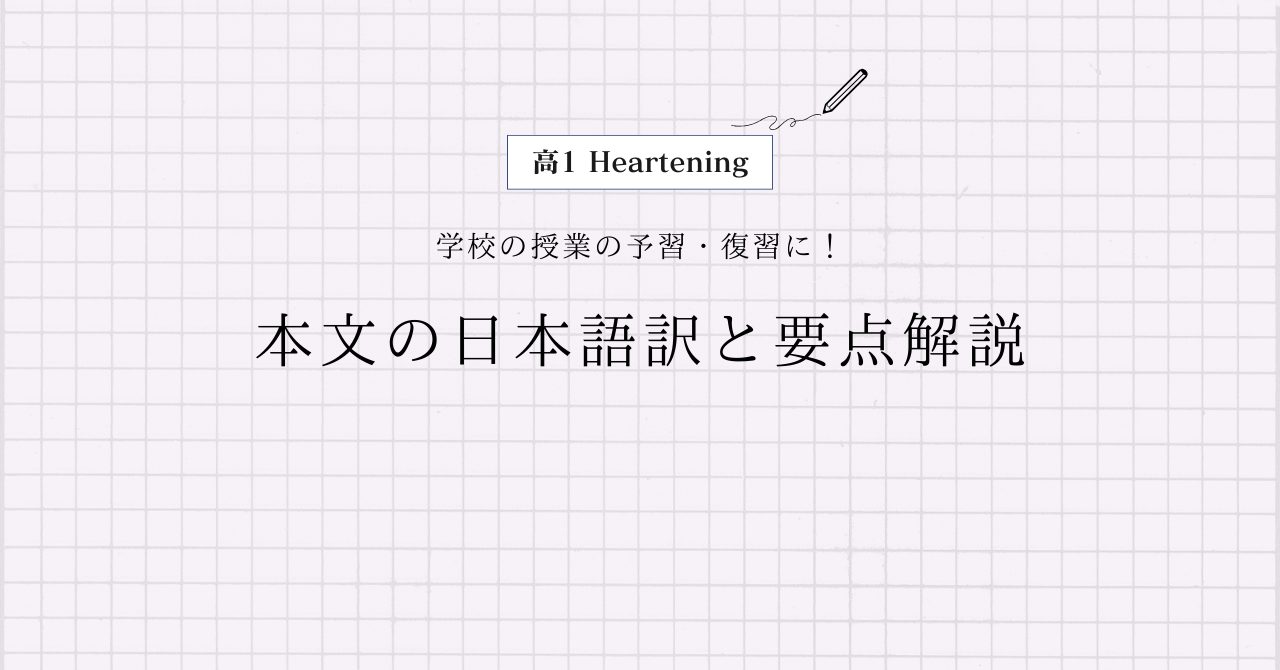桐原書店 高1Heartening Lesson4 Section4の本文の日本語訳と重要箇所の解説です。
Lesson4-1, 4-2, 4-3の解説はこちらからご覧ください。
>高1Heartening Lesson4 Section1 本文和訳
>高1Heartening Lesson4 Section2 本文和訳
>高1Heartening Lesson4 Section3 本文和訳
- Heartening Lesson4 Section4 本文と日本語訳
- Heartening Lesson4 Section4 重要事項の解説
- Finally, you can make use of the human instinct to help others.
- The Sociable Trash Box, a robot built by a Japanese scientist, does this.
- This robot takes the form of a garbage can and is equipped with a camera and a set of wheels.
- How does it pick up trash?
- Actually, it doesn’t.
- When it moves around and finds a piece of trash, it just stops and waits until someone comes around.
- It looks like the robot is asking for help.
- Amazingly, in an experiment at a kindergarten, children naturally began helping the robot.
- The children started putting trash in it, even though they hadn’t been told to.
- So people are happy to throw garbage in a bin to help someone, even though the trash is not theirs.
- In conclusion, instead of forcing people to change their behavior, it’s much more effective to take a psychological approach.
- That will surely make them keep their environment clean.
- Don’t nag at people; nudge them.
- Heartening Lesson4 Section4 まとめ
Heartening Lesson4 Section4 本文と日本語訳
Finally, you can make use of the human instinct to help others.
「最後に、他者を助けたいという人間の本能を利用することもできます。」
The Sociable Trash Box, a robot built by a Japanese scientist, does this.
「日本人科学者によってつくられたSociable Trash Boxというロボットがこれをします。」
This robot takes the form of a garbage can and is equipped with a camera and a set of wheels.
「このロボットはゴミ箱の形をしていて、カメラと車輪を備え付けています。」
How does it pick up trash?
「それはどうやってゴミを拾うのでしょうか?」
Actually, it doesn’t.
「実は、ゴミは拾いません。」
When it moves around and finds a piece of trash, it just stops and waits until someone comes around.
「動き回ってゴミを見つけると、誰かが近くに来るまでただ止まって待つだけです。」
It looks like the robot is asking for help.
「それが、ロボットが助けを求めているように見えるのです。」
Amazingly, in an experiment at a kindergarten, children naturally began helping the robot.
「驚くべきことに、幼稚園での実験で、子どもたちは自然とそのロボットを助け始めました。」
The children started putting trash in it, even though they hadn’t been told to.
「子どもたちはそうするように言われていなかったにもかかわらず、ゴミをその中に入れ始めました。」
So people are happy to throw garbage in a bin to help someone, even though the trash is not theirs.
「つまり、人はゴミが自分のものでないとしても、誰かを助けるためにゴミをゴミ箱に捨てると嬉しくなります。」
In conclusion, instead of forcing people to change their behavior, it’s much more effective to take a psychological approach.
「要するに、人に行動を変えるよう強いるのではなく、心理学的なアプローチをとる方がより効果的なのです。」
That will surely make them keep their environment clean.
「そうすることによって、間違いなく環境をきれいに保てるでしょう。」
Don’t nag at people; nudge them.
「人に文句を言うのではなく、人を動かしましょう。」

Heartening Lesson4 Section4 重要事項の解説
Finally, you can make use of the human instinct to help others.
“finally“は「最後に」という副詞です。
“make use of~”は「~を使用する・利用する」という表現で、“human”は「人間」、“instinct”は「本能」、“other”は「他者」という名詞になります。
“to help”は「不定詞の形容詞的用法」で、直前の“the human instinct“を修飾していますね。
The Sociable Trash Box, a robot built by a Japanese scientist, does this.
“sociable”は「社交的な」という形容詞、“trash”は「ゴミ」という名詞ですが、今回はそのまま“Sociable Trash Box”としています。
“built”は“build(を作り上げる、建てる)”の過去分詞形で、ここでは「過去分詞」として、“built by a Japanese scientist”が直前の“a robot”を修飾していますね。
“The Sociable Trash Box”と“a robot built by a Japanese scientist”は「同格語」になります。“名詞,名詞”の並びは「同格語」の可能性が高いですよ!
“scientist”は「科学者」という名詞ですね。
“does”は「代動詞」で、“does this”は直前の文の“makes use of the human instinct to help others”を指しています。主語が三人称単数なので“makes”に変えています。
This robot takes the form of a garbage can and is equipped with a camera and a set of wheels.
“take the form of~”で「~の形をとる」という意味で、“garbage”は「ゴミ」という名詞ですね。
“equip”は「を備え付ける」という動詞で、“be equipped with~”で「を備え付けている」という「受動態」表現になります。
“a set of~”は「~一式」といった意味で、“wheel”は「車輪」という名詞です。
How does it pick up trash?
“it”は“This robot”を指していますね。
“pick up~”は「を拾う」という重要表現で、“trash”は「ゴミ」という名詞です。
Actually, it doesn’t.
“actually”は「実際は、実は」という副詞です。
“it”は“This robot”を指していて、“doesn’t”の後ろには“pick up trash”が省略されています。
When it moves around and finds a piece of trash, it just stops and waits until someone comes around.
ここでは「接続詞when」が使われていますね。
“it”は“This robot”を指していて、“move around”は「動き回る」、“find”は「を見つける」という動詞です。
“a piece of~”は不可算名詞を数えるときに使い、「1個の~、ひとかけらの~」といった意味ですね。
“just”は「ただ~だけ」という副詞で、“wait”は「待つ」という動詞です。
“until”は「~まで」という接続詞で、“someone”は「誰か」という代名詞、“come around”は「ふらっと立ち寄る」といった意味になります。
It looks like the robot is asking for help.
“It”は“This robot”を指していて、“look like 名詞”は「~のように見える、~に似ている」という重要表現です。“like”の後ろには今回のように文を置くこともできます。
“ask for~”は「~を求める」という重要表現で、“help”は「助け」という名詞です。
ここでは「現在進行形」になっていますね。
Amazingly, in an experiment at a kindergarten, children naturally began helping the robot.
“amazingly”は「驚くべきことに」といった副詞で、“experiment”は「実験」、“kindergarten”は「幼稚園」という名詞です。
“naturally”は「自然に」という副詞で、“began”は“begin(を始める)”の過去形ですね。
“helping”は「動名詞」になっています。
The children started putting trash in it, even though they hadn’t been told to.
“put A in B”は「AをBに入れる」という重要表現で、ここでは「動名詞」になっています。
“it”は“the robot”を指していますね。
“though”は「~だけれども」といった逆接の接続詞で、“even though”で「~にもかかわらず」といった少し強調した表現になります。
“they”は“The children”を指していて、“hadn’t been told to”は「過去完了形」と「受動態」が組み合わさっていますね。
“hadn’t been~”は「大過去」という用法で、「ゴミを捨てるより以前に、そうするように言われていなかった」という時系列を明確にするために使われています。
“to”は「不定詞」の“to”で、後ろには“put trash in it”が省略されています。
“tell 人 to 動詞の原形”で「人に~するように言う」という意味でしたね。
So people are happy to throw garbage in a bin to help someone, even though the trash is not theirs.
“so”は「つまり、だから」といった副詞です。
“throw”は「を投げる」という動詞ですが、ここでは「捨てる」と訳しました。
そして、“to throw”は前に形容詞があるので「不定詞の副詞的用法」ですね。“bin”は「ゴミ箱」という名詞です。
“to help”も「不定詞の副詞的用法」になっています。
“theirs”は「彼らのもの」という所有代名詞で、“people”のことを指していますね。
In conclusion, instead of forcing people to change their behavior, it’s much more effective to take a psychological approach.
“in conclusion”は「要するに、結論として」という重要表現です。
“instead of~”は「~の代わりに、~しないで」という重要表現で、“force 人 to 動詞の原形”は「人に~するのを強制する・強いる」という意味になります。
“of”は前置詞なので、“forcing”と「動名詞」になっています。
“change”は「を変える」という動詞、“behavior”は「行動、振る舞い」という名詞です。
“it”は形式主語で、真の主語は”to”以下の内容になります。
“much”は「もっと」という「比較級」を強調する副詞で、“effective”は「効果的な」という形容詞ですね。
“take”は「をとる」という動詞で、“psychological”は「心理学的な」という形容詞、“approach”は「アプローチ、方法」という名詞ですね。
That will surely make them keep their environment clean.
“That”は“to take a psychological approach”を指しています。
“surely”は「間違いなく、確かに」といった副詞で、“make 名詞 形容詞/名詞”は「名詞を~(の状態)にする、させる」という重要表現です。
“keep 名詞 名詞/形容詞”は「名詞を~(の状態)に保つ」といった意味で、“environment”は「環境」という名詞、“clean”は「きれいな」という形容詞になります。
今回のように主語が「人」ではないときは,「~によって,~のせいで」といった意味で主語を訳して,”make”の後ろの目的語を主語のように訳すと綺麗な日本語になりやすいです。
Don’t nag at people; nudge them.
ここでは「否定の命令文」と「命令文」が使われていますね。
“nag”は「文句を言う」という動詞で、“nag at~”で「~に文句を言う」となります。
“nudge”は「を動かす」といった動詞で、“them”は“people”を指していますね。
「;」は「セミコロン」といって,2つの句や節を繋ぐ「接続詞」のような働きをします。
Heartening Lesson4 Section4 まとめ
以上がHeartening Lesson4 Section4の日本語訳となります。
>高1Heartening Lesson4 Section1 本文和訳
>高1Heartening Lesson4 Section2 本文和訳
>高1Heartening Lesson4 Section3 本文和訳
何か分からない点や他に解説してほしい点があれば,お気軽にコメントしてください!


コメント